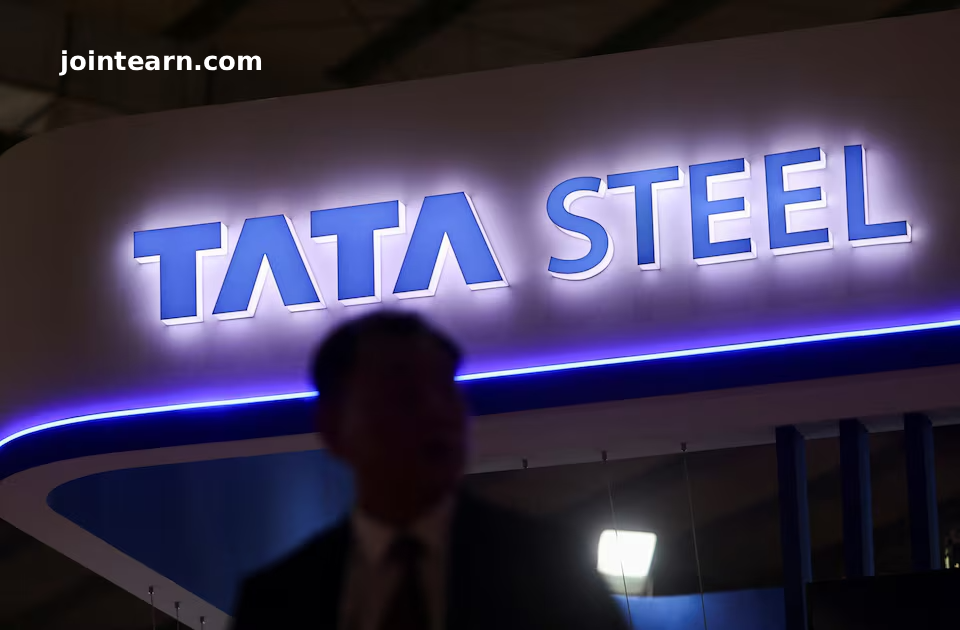
Mumbai, India – November 12, 2025 — Tata Steel Ltd (TISC.NS), India’s second-largest steel producer by market capitalization, announced a massive fourfold increase in quarterly profit for the quarter ended September 30, 2025. The sharp rise was driven by strong demand in key markets, robust domestic consumption, and lower tax expenses, helping offset the challenges posed by declining global steel prices.
According to the company’s financial statement released Wednesday, Tata Steel’s consolidated net profit rose to ₹31.02 billion (US$352.9 million), compared with ₹8.33 billion during the same period last year.
Strong Domestic Demand Supports Growth
Despite a volatile global pricing environment, India’s steel demand remained resilient. The country, which ranks as the world’s second-largest producer of steel, saw steady consumption growth as manufacturing and infrastructure activity picked up during the quarter.
The Indian government’s import tariffs of 11%–12% on select steel products, implemented in August 2025 to protect domestic producers, have helped maintain industry momentum. Although steel prices have slightly softened, domestic demand has held firm, providing a strong foundation for Tata Steel’s earnings.
Revenue and Core Profit Rise Across Operations
Tata Steel’s total revenue from operations increased by approximately 9% year-on-year, reaching ₹586.89 billion in the September quarter.
The company’s core profit (EBITDA) for its India operations climbed 25% to ₹86.54 billion, reflecting efficient cost management and stable demand in key industrial sectors.
Meanwhile, Tata Steel’s Netherlands operations, its second-largest international division, reported a notable rebound. Core profit surged to €92 million (US$107 million) from €22 million a year earlier, signaling a recovery in European steel markets.
In contrast, the company’s tax expenses fell to ₹10.39 billion, down from ₹14.05 billion last year, further strengthening net profitability.
Industry Peers and Market Performance
Tata Steel’s performance aligns with the broader upswing in India’s steel industry. JSW Steel (JSTL.NS) recently reported a profit jump for the same quarter, buoyed by increased sales volumes and optimism for higher alloy prices in the coming months.
Despite the strong financials, Tata Steel’s stock performance lagged behind some of its peers during the July–September period. Shares gained about 6%, compared with a 12% rise in JSW Steel and a 13% increase in Jindal Steel (JINT.NS). Ahead of the results announcement, Tata Steel shares closed 1.3% lower on Wednesday.
Outlook: Positive Momentum for India’s Steel Industry
Analysts expect India’s steel demand to remain robust through the remainder of the fiscal year, driven by infrastructure spending, housing development, and auto manufacturing.
Tata Steel’s continued focus on domestic expansion, sustainability, and cost optimization positions it well to navigate short-term price fluctuations and capitalize on long-term growth opportunities.
With global steel prices expected to stabilize and local demand on the rise, Tata Steel’s growth trajectory remains strong, reinforcing its role as one of the leading forces in India’s industrial resurgence.


Leave a Reply